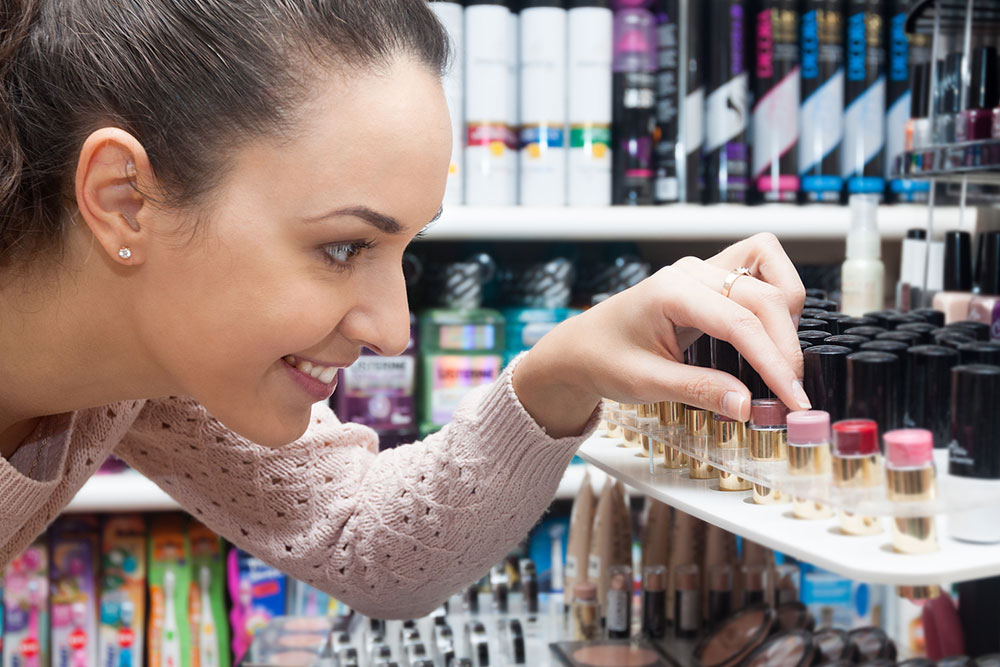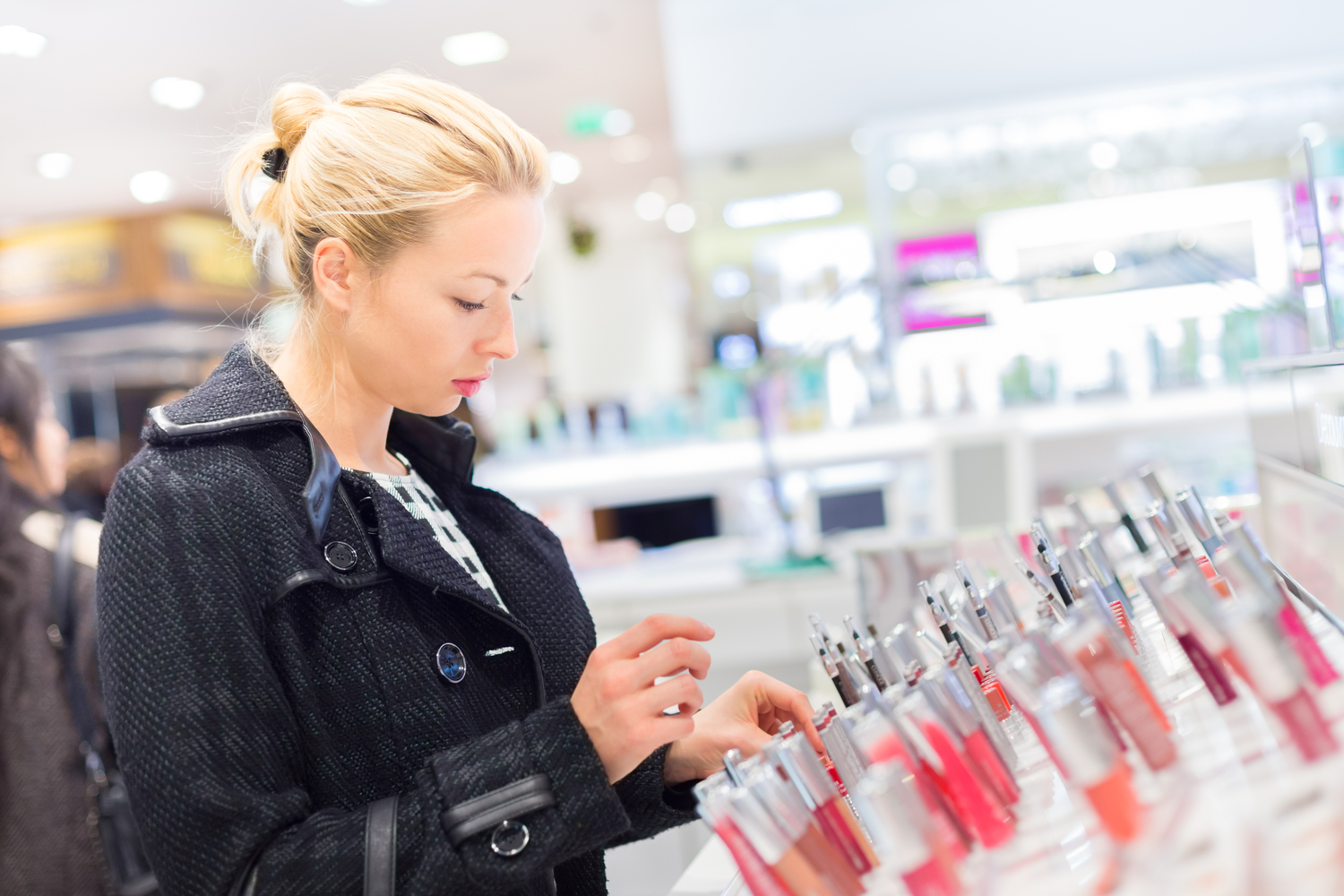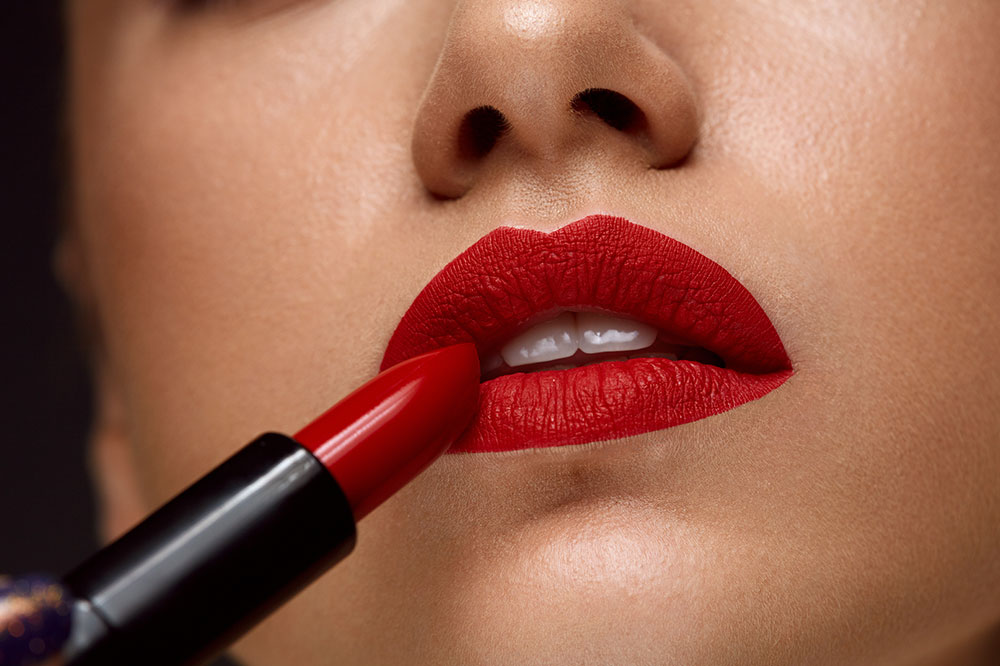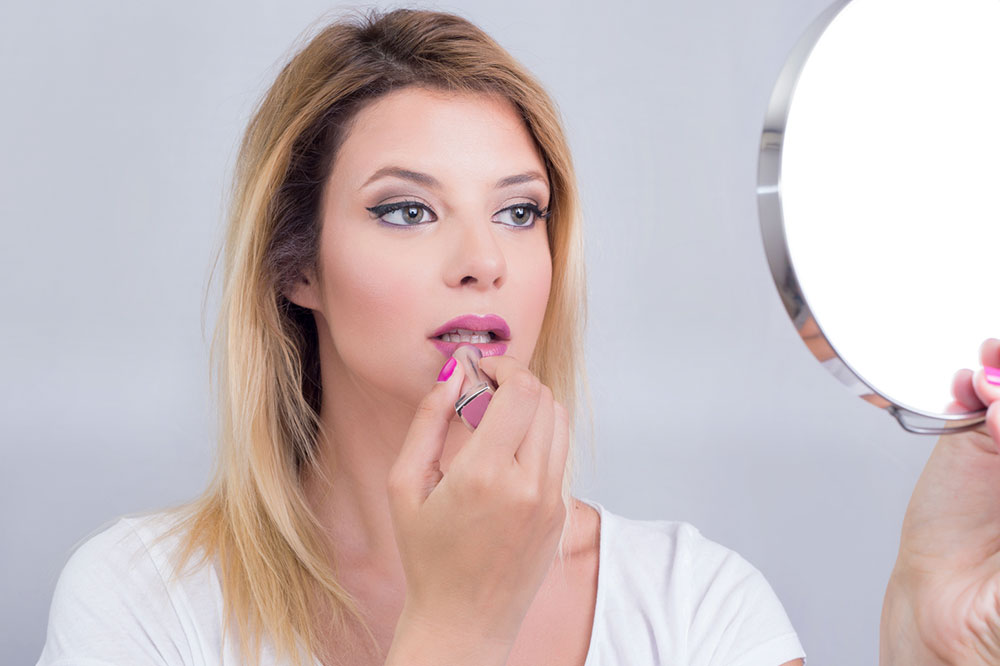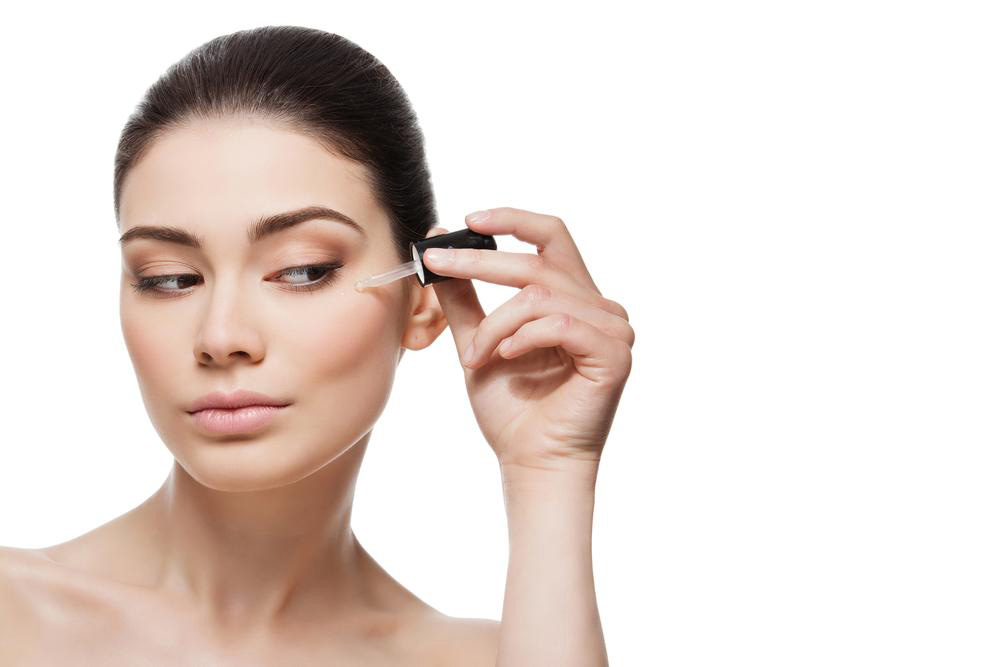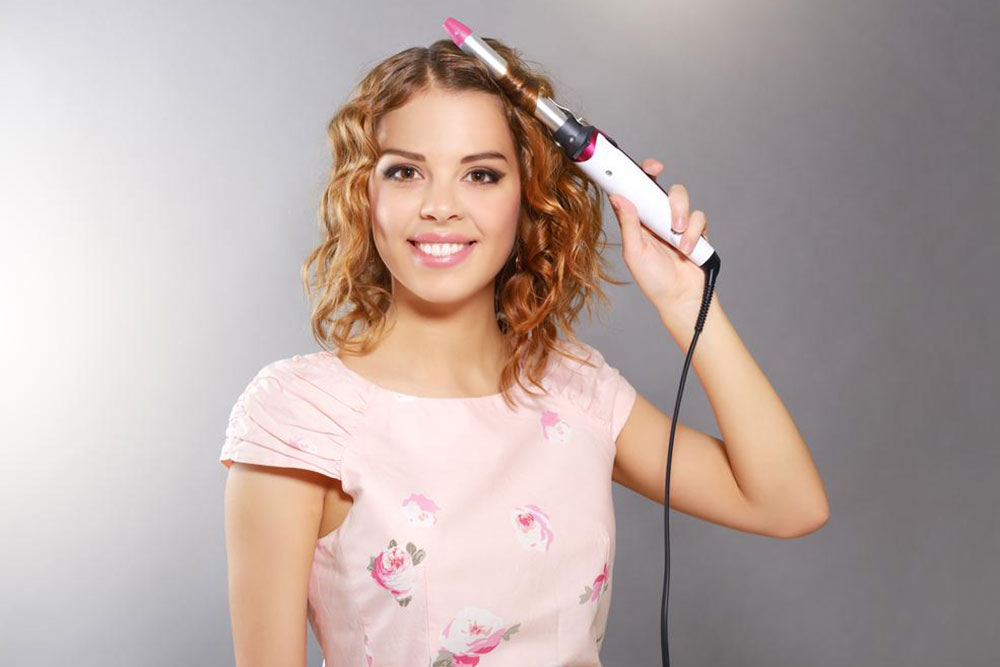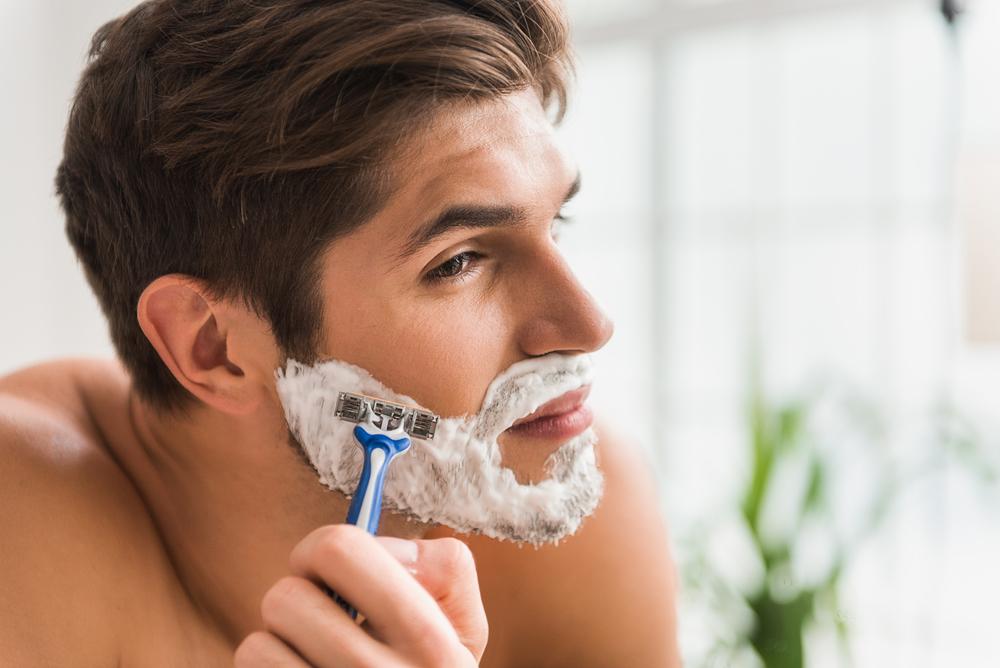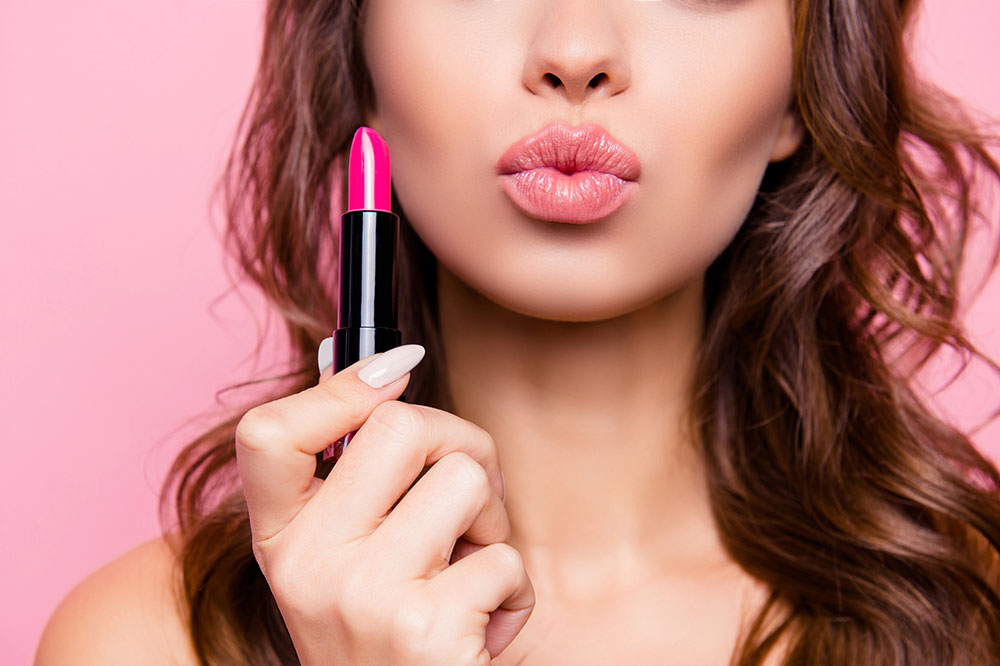Essential Ingredients to Consider When Choosing Lipstick
Choose safe and healthy lipsticks by paying attention to key ingredients. Avoid harmful components like parabens, lead, synthetic dyes, and potentially risky vitamins. Opt for natural alternatives to protect skin and overall health. Knowledge about these ingredients helps you make informed choices for beautiful, safe lips.
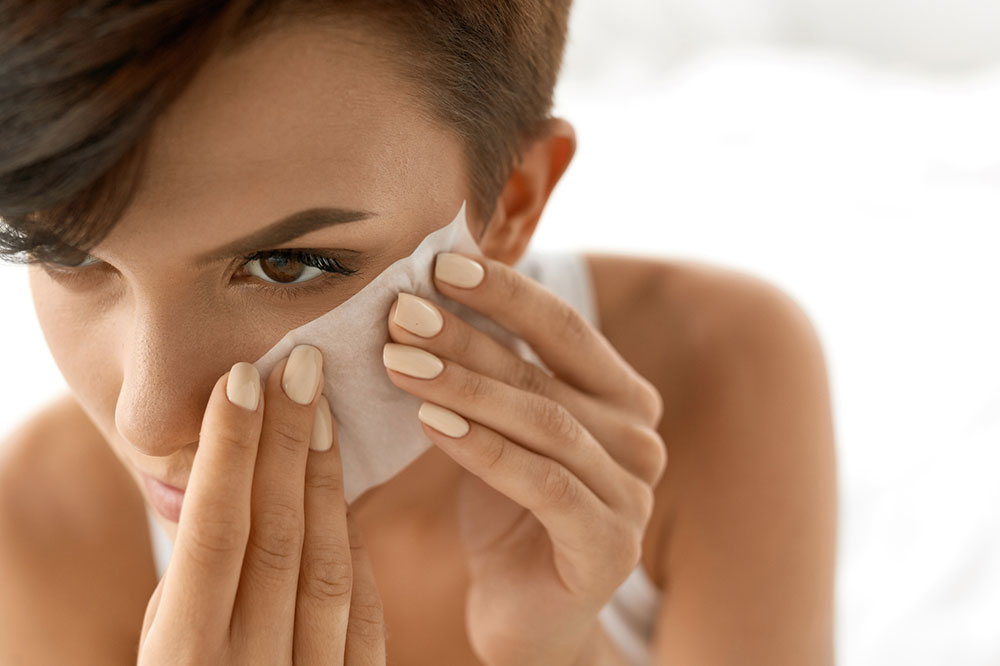
Lipsticks are a fundamental part of makeup routines, instantly enhancing appearance and adding vibrancy to any look. Available in a spectrum of shades from subtle pinks to dramatic reds, they can transform your style for day or night. However, many are unaware of the ingredients in their favorite lip products. Some components can harm skin or overall health. Selecting lipsticks with safe ingredients is crucial to avoid adverse effects. Knowing which ingredients to watch for helps in making healthier choices and maintaining skin integrity while enjoying beautiful lips.
Here are key ingredients to be mindful of when picking your lipstick:
Parabens: These preservatives may cause toxicity and have been linked to cancer. They can lead to skin irritation and interfere with endocrine function. A common parabens found in lip products is methylparaben.
Lead: This toxic metal can contaminate lipsticks through pigments used in manufacturing. Chronic exposure may harm the nervous and cardiovascular systems and impair reproductive health. Children are especially vulnerable.
Color Dyes: Synthetic dyes derived from coal tar give lipsticks their vibrant hues but pose risks like skin irritation and potential carcinogenic effects. Opt for natural or organic shades when possible.
Retinyl Palmitate: A synthetic vitamin A derivative, it acts as an antioxidant but may be harmful, especially for pregnant women, potentially causing reproductive or cancer-related issues.
Tocopheryl Acetate: Vitamin E-based but can cause skin itching, burning, and in some cases dizziness or headaches with prolonged use. It’s best to monitor its presence in your lipstick.
Note: Our content aims to inform but is not a substitute for professional advice. Always review ingredients, and choose products that align with your health needs. Consult with dermatologists for personalized skincare decisions.

